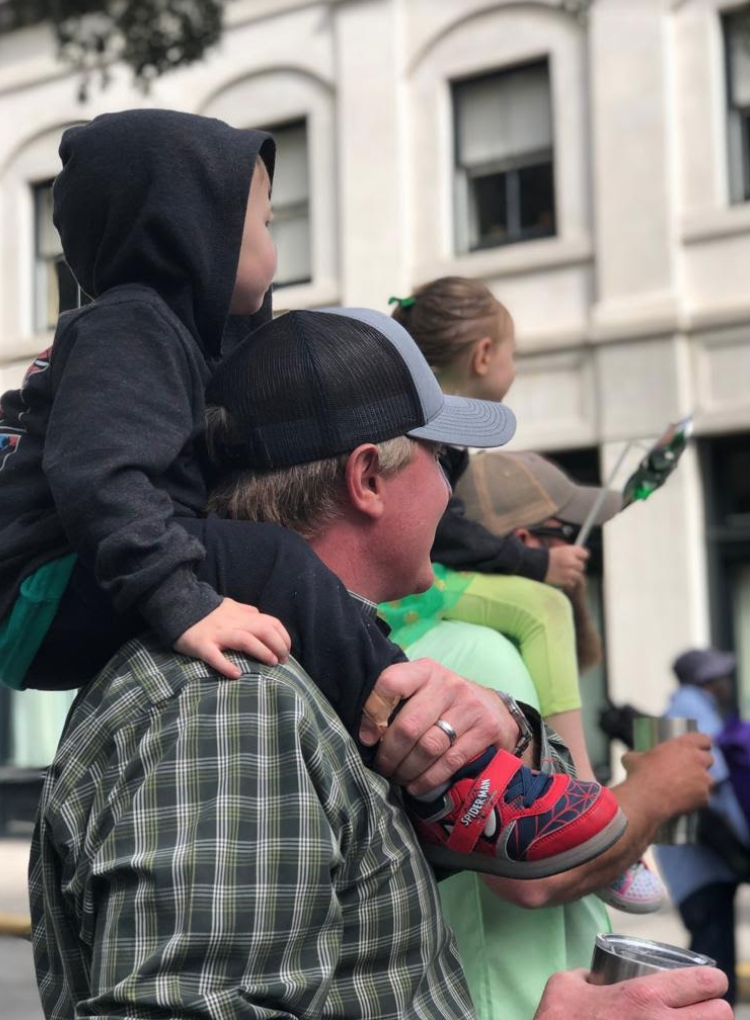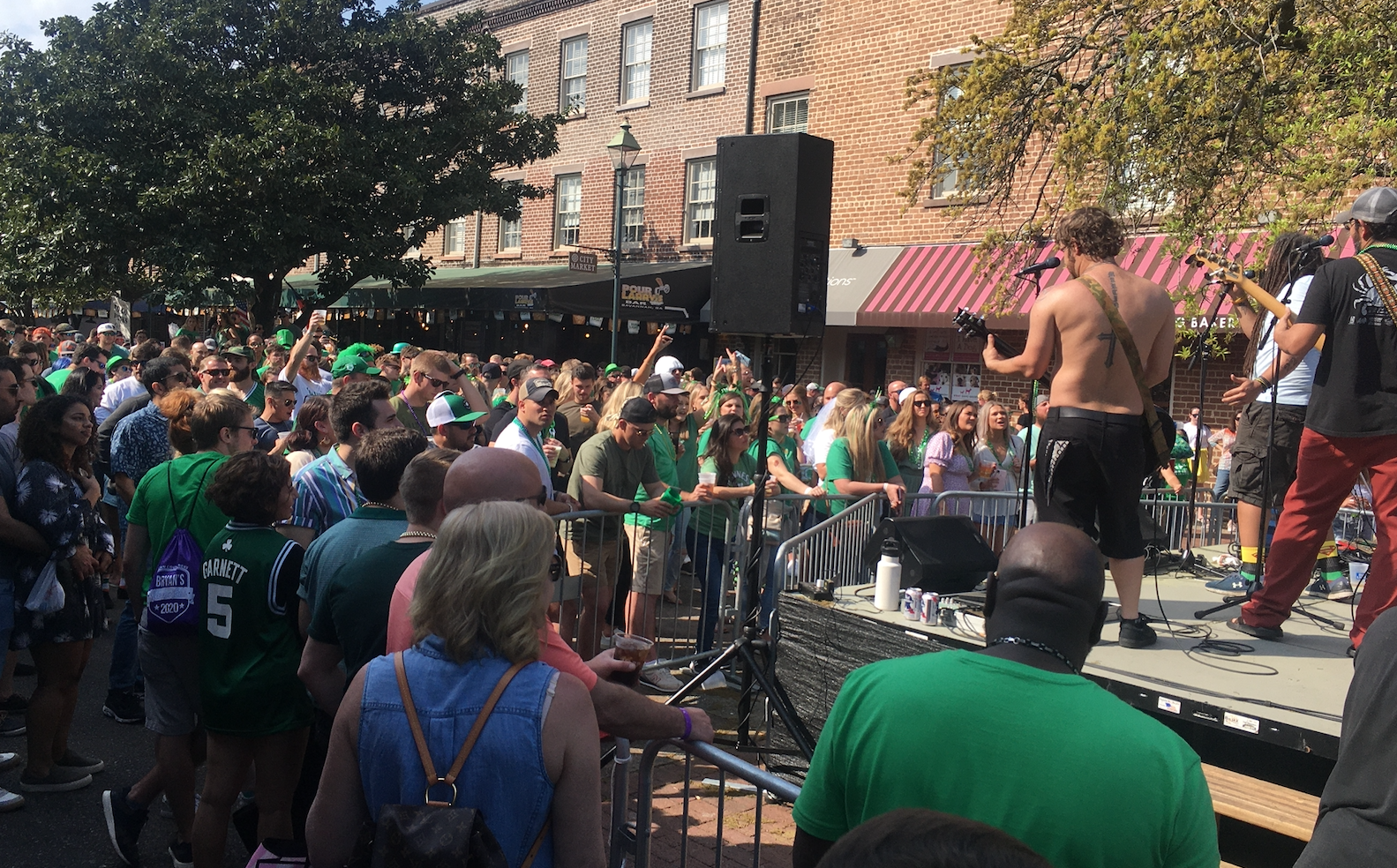A “rethinking” of rules and regulations for the St. Patrick’s Day festival by Mayor Van Johnson and the usual group of local business and tourism leaders is really more of a blast from the past than anything new.
Savannah’s signature day — put on hiatus for two years due to the pandemic — will return this March with some changes imposed from above, mostly involving less overall regulation.
Johnson says it’s all to tamp down the usual “drunk fest” and make the annual bacchanalia both more family-friendly and more inclusive of other neighborhoods of town.
But the “drunk fest” was arguably a partial result of the City’s micromanagement of the event over the last 20 years to make it more of a cash cow.
The big breaking news from yesterday’s announcement was the expansion of the so-called “Festival Zone” to include an area all the way south to Victory Drive.
This will be for one day only, March 17, rather than the more typical multi-day festival declaration.
(All the proposed changes are subject to City Council approval at an upcoming February meeting.)
The exact physical parameters of the Zone are unclear, but if they even come close to matching the scope of the usual Zone — which encompasses the vast bulk of the Historic District — it might be quite large.
The stated, and admirable, goal of expanding the zone is to be more inclusive of non-downtown businesses, especially minority-owned businesses. If that’s the goal, one would hope the enlarged Zone would be generous enough in size to adequately do so.
Referencing pandemic realities, new City Manager Jay Melder said, "Expanding the previous Festival Zone means more people can take part and benefit from the St. Patrick's Day experience. And expanding the zone also helps keep people hopefully a little further away from each other."
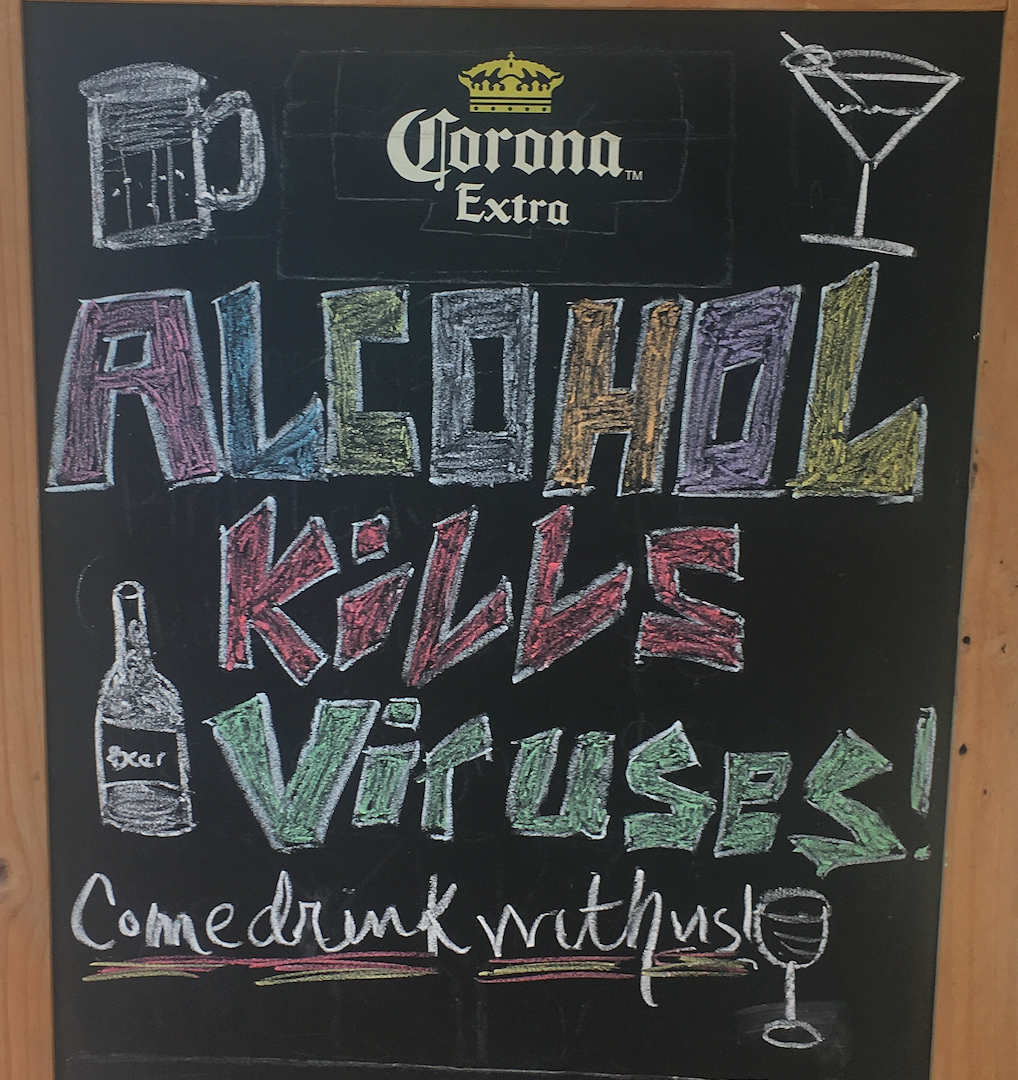
So what exactly is the benefit of expanding the Festival Zone?
To-go cups. To-go cups WILL be allowed in the extended Festival Zone down to Victory Drive, though getting a firm answer on that was initially a bit vague.
This follows what by all accounts was a successful short-term pilot program in 2020 whereby to-go cups were allowed on a narrow strip of Bull Street down to the Starland area.
As I’ve written many times before, I think to-go cups are a vital and necessary part of Savannah street culture, and increasingly one of the few things that sets us apart as corporatization and gentrification take over our neighborhoods.
Other places around the country seem to think so too, many of them embracing to-go cups as a way to promote and enhance tourism during the pandemic.
So that’s a big thumbs-up from me.
Probably the best single move from the City, however, is refusing to grant permits for any and apparently all on-street vendors in the Festival Zone, specifically the ubiquitous outdoor beer vendors who most contributed to the “drunk-fest” Johnson complains about.
Those big beer tents, selling very cheap brews from festival sponsors in very large amounts, not only greatly contributed to the overall inebriation level but took revenue away from actual local small businesses.
This year, all alcohol sales will have to be on-premises. That might result in longer lines, but you'll survive, trust me.
In announcing this welcome news, Johnson said “This allows local bars and restaurants to benefit from all food and alcohol sales. This is Savannah first — it gives our local businesses an opportunity.”
Another thumbs-up. A long overdue but excellent move.
Another big bit of good news, curiously understated, is the total removal of the ridiculous wristband requirement in order to use to-go cups during the celebration.
For the last couple of decades, the Savannah Waterfront Association has essentially been the lead organizer and partner of the non-parade St. Patrick’s celebrations. (The parade itself is planned and organized by a separate parade committee of private citizens who apply for the permit.)
At $10 per day per drinking-age person – doubled from $5 in 2017 – the wristbands were a way to fund their entertainment and other associated costs for the festival.
Locals rarely used the wristbands, enforcement of them was weak at best, and I’ve always felt it was basically unconstitutional to force people to pay for a privilege they could enjoy for free any other time of year.
So far, three thumbs up. I’ll need to borrow one of yours.
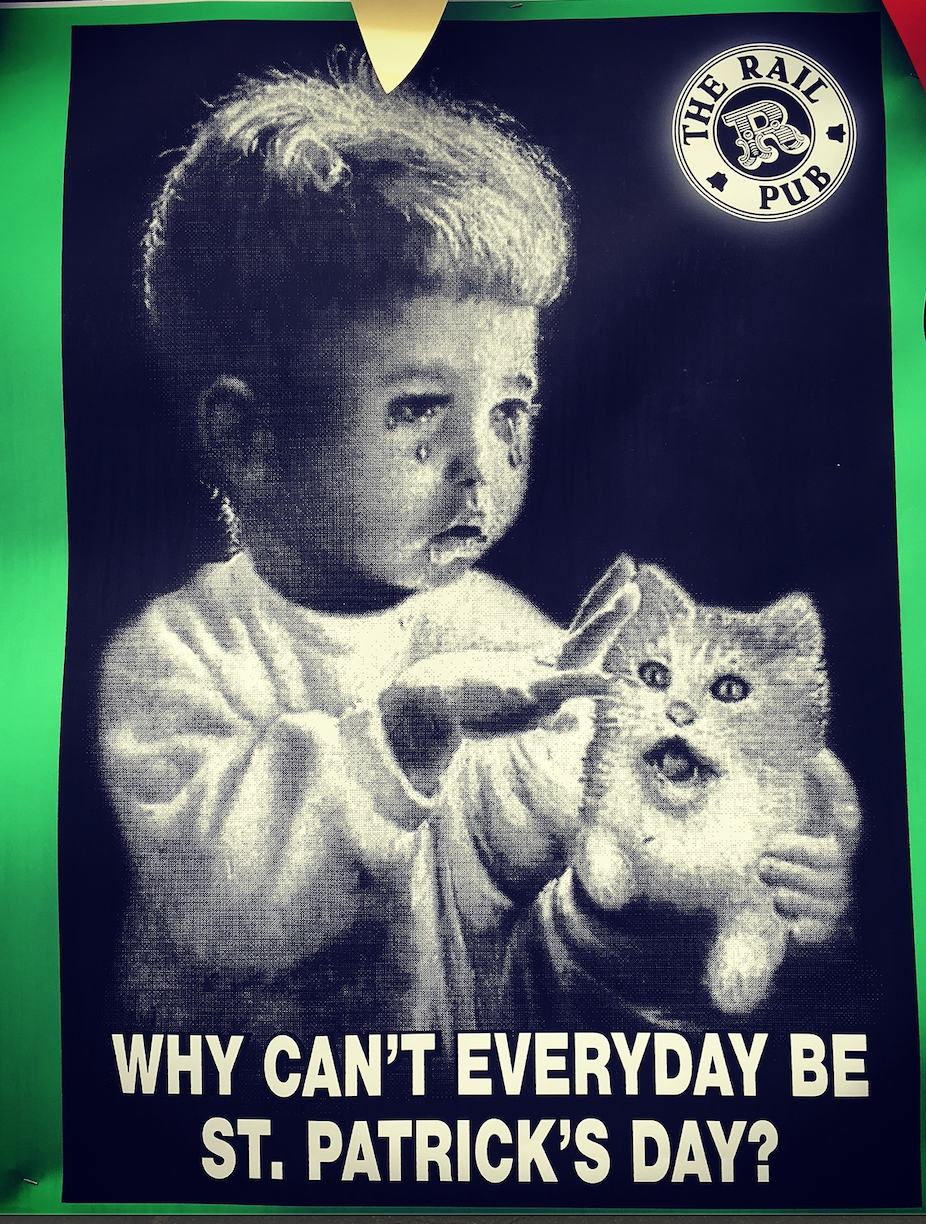
The “Festival Zone” declaration also has other benefits for local businesses. Mostly, this involves being able to sell alcoholic beverages earlier in the day, and relaxes sound ordinance enforcement. So Starland and other areas south of the Historic District definitely could benefit from being included in the "official" Festival designation.
About that sound enforcement…. here comes a thumbs-down.
The downside of the City not granting outdoor permits is their decision to make that apply to any live music performance on City-owned public property.
So no more bands of any type on River Street, or any other public area in the Festival Zone.
City Market, being privately owned, will likely be able to feature some live music if they desire. Same for Plant Riverside, which is also privately owned. If Starland wanted to have bands in Desoto Row, that is privately owned as well and probably could happen.
The weirdly specific exclusion of live music probably has more to do with the loss of wristband revenue than anything else. But it rankled a lot of people, especially local musicians. Many people see it as a sop to deliver a captive market to the big players like Plant Riverside and City Market.
That said, the live entertainment on River Street brought to you by the Waterfront Association over the years was almost never anything to write home about.
And it was almost never even vaguely Irish music — for that you needed to go to Kevin Barry’s on River Street, which is now closed.
I’d love to see a rejuvenation of Irish/Celtic music in local pubs and venues and really anywhere, and maybe that will be another positive result of the changes downscaling the festival. Any little bit will help.
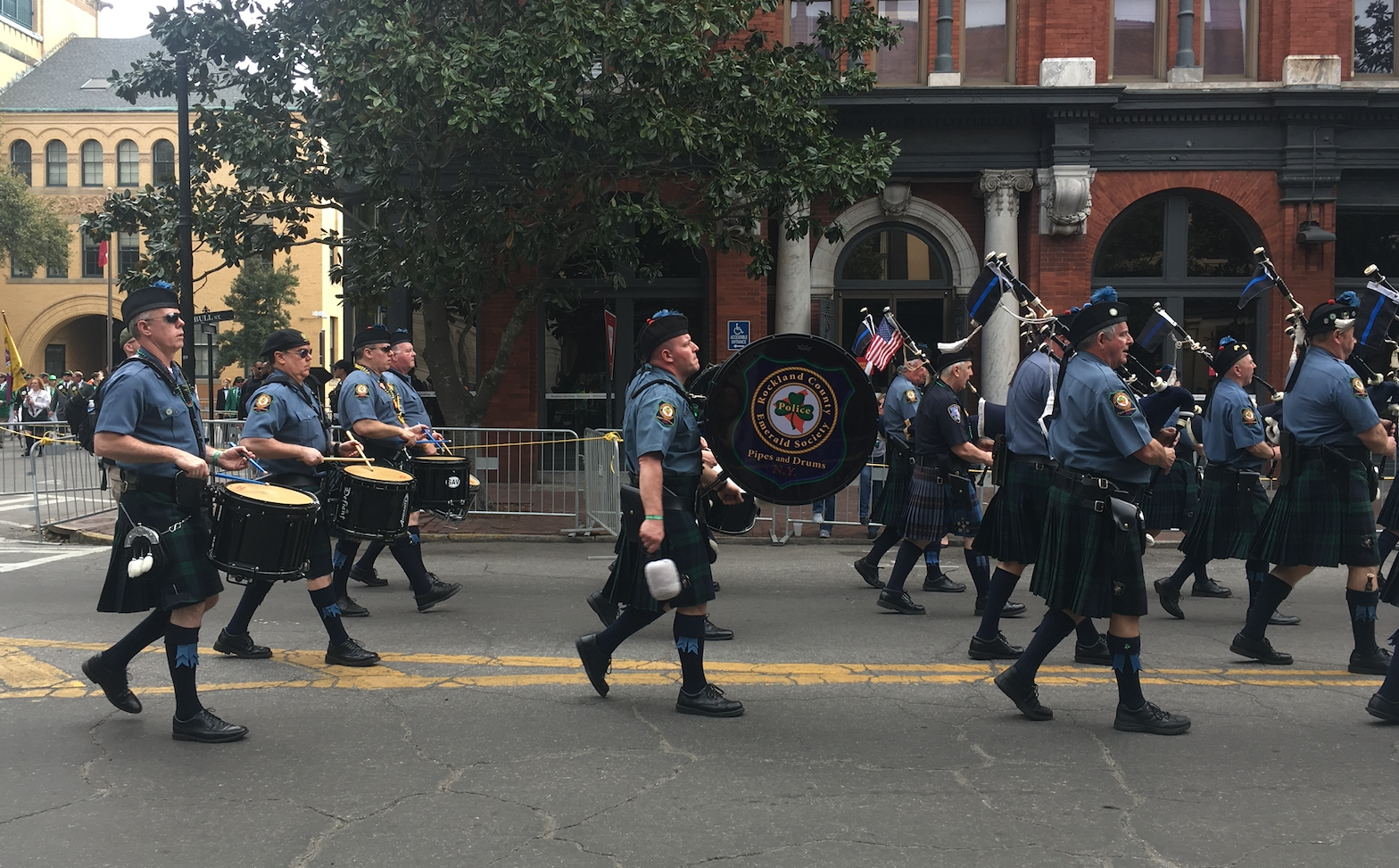
One of the first things the powers-that-be did back in the day to more extensively market St. Patrick’s Day to tourists was, ironically, get rid of as much actual Irish stuff as they could.
That resulted in kind of an offensive mixed-message. In casually racist fashion, anything Irish was blamed for the drunken nature of the festival. But most of what is actually, authentically Irish has been meticulously scrubbed from the City’s celebration to better market it to the generic tourist.
Make no mistake – the "drunk fest" of Savannah St. Patrick's Day has been a thoroughly all-American pursuit, mostly of the almighty dollar.
And that brings me to my main point: Complaints about the out-of-control aspect of Savannah’s St. Patrick’s celebration are really complaints about how it’s been managed over the years by an increasingly greedy City government and assorted business interests.
Many of you are probably too new to town to remember the dangerously stupid years when the City forced River Street to be gated for St. Patrick's Day, with only people 21 or over being allowed to walk on the public thoroughfare.
While in years past it might have been a bad idea to bring your children to River Street to the traditional street party after the parade, at least you were free to do so.
But when the City made River Street 21+ for that stretch of years, that’s exactly when the worst behavior began happening – essentially aided and abetted by local government. They asked for an adults-only party, and boy did they get one.
More than one year, River Street had to be cleared out by police because things got so out of hand late at night. On one St. Patrick’s Day, police horse patrols were actually used to kettle the crowds on River Street — an extremely dangerous and also quite legally risky procedure.
And we can't forget maybe the most ridiculous commoditization of the Savannah celebration: When Mayor Eddie DeLoach invited then-Vice President Mike Pence to march in the 2018 parade.
The resulting truly massive Secret Service and military presence was a gross insult to the communal spirit of the festivity, as well as needlessly politicizing what had been one of the few mostly non-political things left seemingly in the entire universe.
The Mayor and others chanting "USA, USA" to LGBT citizens and allies peacefully protesting the Vice President's presence was arguably the lowest point in the parade's long history.
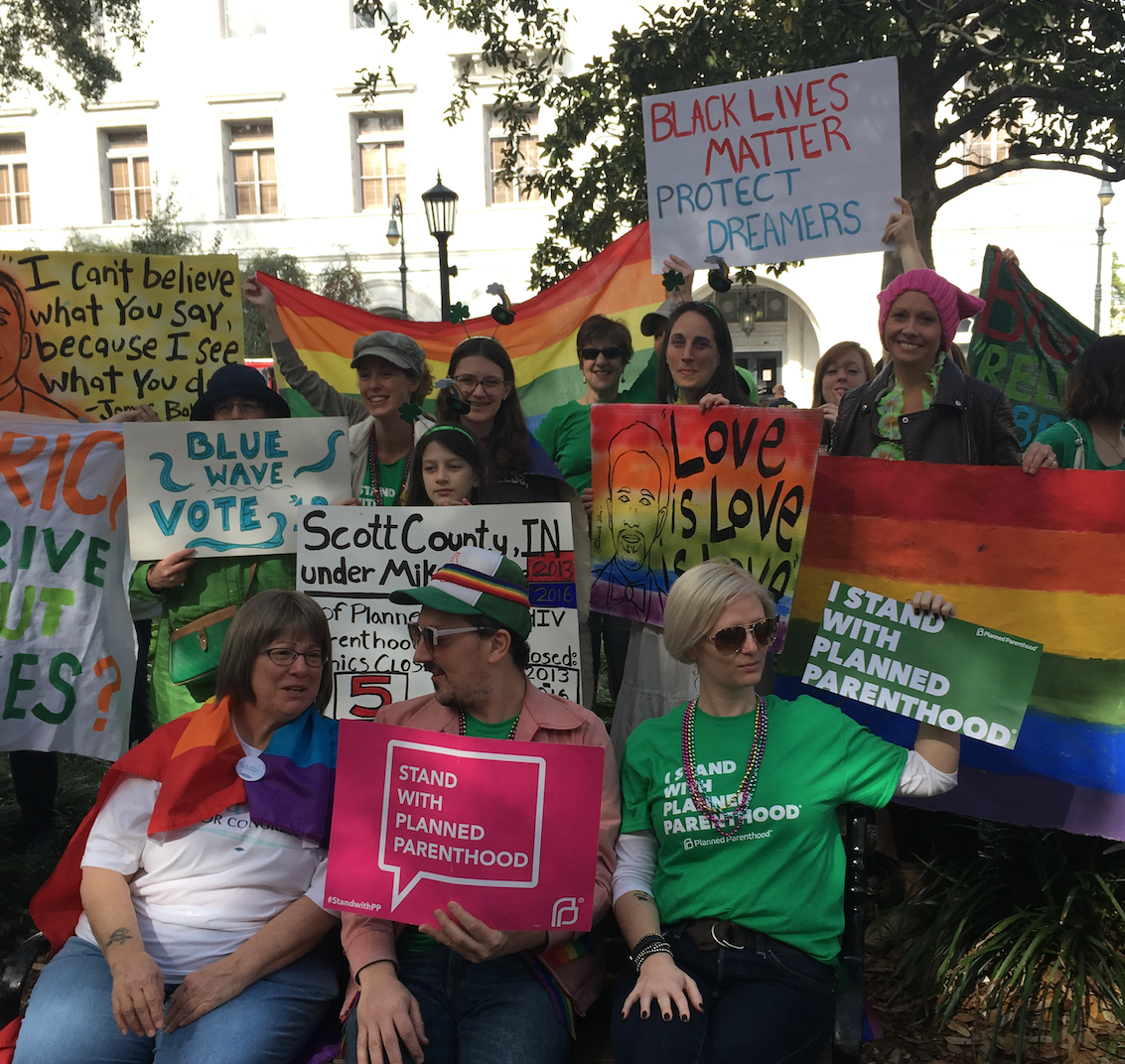
I’ve already talked about the wristband cash-grab and how that incentivized beer distributors big-footing alcohol sales to the detriment of local businesses. That was another higher-up decision that never needed to happen.
Keep in mind the original term the City and police used for the Festival Zone was actually “Control Zone,” and you’ll get a deeper insight into how some of these decisions were made.
The entire concept of a "Festival Zone" extending over several days was created to manage and better monetize the festival. There was no public outcry demanding "official" recognition of or control over a celebration that was going to happen anyway.
As a Savannah native who brought up two children here, many’s the time I would take them into St. Patrick’s celebrations, mostly so they could see what such a festival is like and have the full cultural and civic experience, warts and all.
When they were young, the celebration was less marketed directly to partiers. There was definitely partying going on, don’t get me wrong! — but it was of a more organic and grassroots nature.
Hopefully the new changes from the City will expand the age range of participants, as well as their overall diversity.
Speaking of diversity — obviously there’s no downside to trying to be more inclusive of minority-owned businesses. Everyone wants that to happen.
I haven’t heard of any specific plans on how to accomplish this other than the expansion of the Festival Zone. Maybe that’s enough? In any case, the Mayor was clear that the new changes are open to tweaking as the City and its business “partners” see what works and what doesn’t.
Lurking underneath the entire set of changes is the likely fact that ongoing City and police staffing shortages are at least partially why the festival is being downsized and no permits are being granted. To be clear, that’s just my speculation, but it’s hard to imagine that didn’t play into it.
So how about the parade itself? That stays essentially the same and will kick off as usual about 10 a.m. Thursday, March 17. But for various reasons it will have about 25 percent fewer units.
Given how incredibly long the parade usually lasts, honestly that’s a fact that few people are likely to cry in their green beer over.
I'll update this story as more facts and details come in. And none of these plans is set in stone until City Council approves a final version of them, probably at its Feb. 10 meeting.
